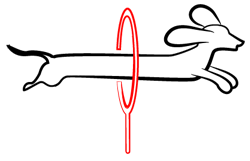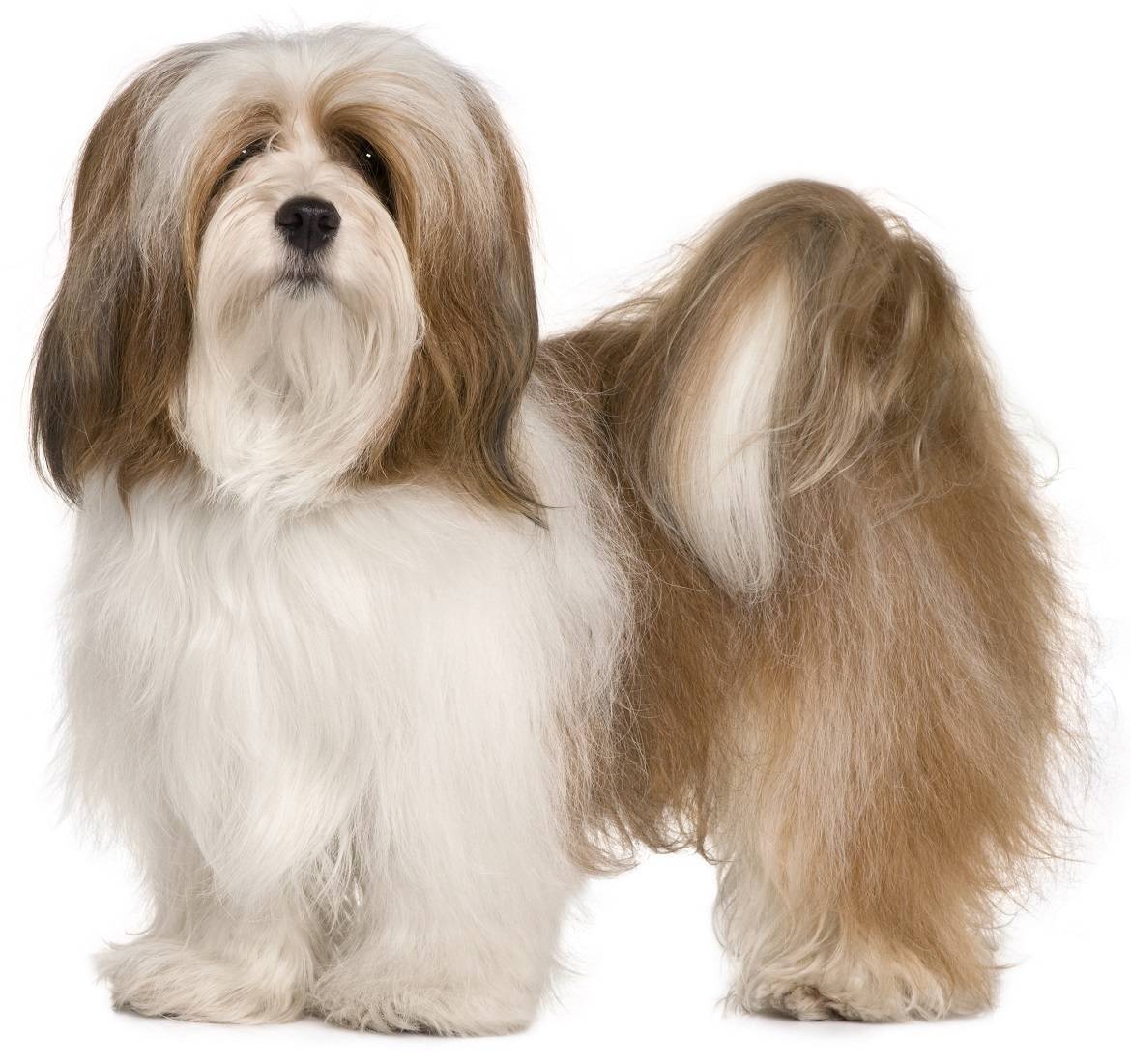
Paws ‘N’ Pups Quickview
Size
| Energy Level
| Trainability
| Paws ‘N’ Pups Rank
|
Characteristics
| Physical Characteristics: Height: 9-11” Weight: 11-18 lbs. Energy Level: Low – Moderate | Colors: The American Kennel Club recognizes the Lhasa Apso in the following colors:
|
| Health & Longevity: 12-15 years Breeders screen for the following conditions:
Familial Inherited Renal Dysplasia is sometimes seen, a condition where the kidneys are small and irregularly shaped. Symptoms range from none to kidney failure. Cherry eye is seen in the breed, which usually requires surgery. Dry eye, allergies and various skin issues also exist. | |
Temperament & Train-ability
Originating in Tibet, the Lhasa Apso was developed as a palace and monastery guard, a job that remains a priority for them to this day. One of the biggest mistakes made when acquiring a Lhasa Apso is that people think this fluffy puppy (or dog) will be a cuddly lap dog. An adult Lhasa Apso is as tough, hardy and strong willed as many large working breeds, and not shy about having and sharing their opinions. They can be playful, but most carry themselves with an air of dignity. Those seeking a cuddly, sweet companion with a similar look should consider a Shih Tzu. Lhasas are not for novice dog owners.
Typically wary of strangers, Lhasas do still make good watchdogs. They have trouble cooling themselves in high temperatures, so will need an air-conditioned spot when temps are up. With a fairly high prey drive, Lhasas are not the best choice to live with other animals. Though their appearance may not look fierce, Lhasas are likely to communicate any displeasure very pointedly with his teeth, not just in service to protecting his family. Families with young children are not recommended because of this; they will not tolerate children’s antics. Well suited to apartments, condos or those with small yards, the Lhasa’s moderate exercise needs are easily satisfied with walks and some play at home. They usually tolerate some time alone, so can work for working households so long as they have an opportunity and access to relieve themselves during the day.
Housetraining can be a challenge, so many owners opt for an indoor potty option for their dogs, such as pee pads or another type of potty tray. This ensures an acceptable location for the dog to relieve itself is always close by, reducing the likelihood of accidents in unwanted places. Others use a doggy door that leads out to a secure fenced yard. Early and extensive, ongoing socialization is recommended to help balance the Lhasa’s tendency to suspicion.
Training a Lhasa is challenging; if forceful methods are used, he will not meekly accept it, and may react with aggression. Positive reinforcement methods will yield the best results, but one must remember that the Lhasa is a very independent breed; he will not gush to see you happy, but wants to know what’s in it for him. If a relationship of mutual respect is established, the Lhasa Apso can make a mannerly housedog, but you will need to admire his independent character in order to happily co-exist. Conditioning your Lhasa to accept handling is a priority; grooming will be a big part of life.
Grooming
Lhasa Apsos have a long double coat; the outer coat is straight and thick, their undercoat soft and dense. Caring for this coat is time consuming and difficult, requiring religious daily brushing and combing and baths a couple times a month. Many Lhasa owners choose to use the services of a professional groomer, and most opt to clip the hair short for easier maintenance. Daily brushing of ears and tail will still be necessary to keep mats from forming in these vulnerable areas. If the coat is left long, brushing needs will increase during twice-yearly shedding (spring and fall); as the old coat is shed, it will very quickly form mats unless removed by brushing. Many Lhasas can be belligerent when groomed, so care should be taken to introduce the process gradually and positively, with lots of treats. When handling a Lhasa, always pay attention to their body language.
Ears should be kept clean and dry. Toenails should be trimmed; even if your Lhasa Apso wears their nails down, you will want to maintain the ability to handle their feet, especially useful as they age, when wear to the nails typically slows down. Teeth must also be checked and cleaned regularly.
Diet
The amount of food a Lhasa Apso will require can vary depending on age, activity level, and type of food fed; average feeding amounts will be ¾ – 1 cup per day, fed in two meals per day. Free feeding should be avoided, as some Lhasa Apso are prone to becoming overweight, and this puts the dog at risk of many health problems. A portion of your dog’s daily food can be used when training to avoid overfeeding. A high quality food should be fed, and a constant supply of fresh, clean water must always be available.
Looking for a Lhasa Apso?
 Find A Lhasa Apso Breeder |  Lhasa Apso Puppies For Sale |  Adopt A Lhasa Apso |
Cost
Prices for Lhasa Apso generally run between $600-$1,200. Breed rescue organizations are another option, where lovely dogs needing a home can be found; adoption fees vary widely, but are generally in the $200-$500 range. Whether you acquire a dog from a breeder or rescue, do your homework to be assured that the temperaments of the dogs are tested and sound. Ongoing expenditures include the typical supplies, food, and regular vet visits.
Paws ‘N’ Pups Ranking
Paws ‘N’ Pups ranks every breed out of 4 with 1 being easiest to integrate into your life and 4 being the toughest – The lower the ranking the better.
Ranking takes into account a few basic factors such as cost, skill level needed, high vs. low maintenance, and how critical regular training is to success. The Lhasa Apso rates a 3.5; the skill needed to raise and manage the Lhasa mentality and heavy grooming requirements make them a challenging breed.
Breeds Similar To Lhasa Apso
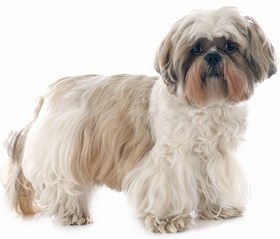 Shih Tzu |  Bichon Frise | 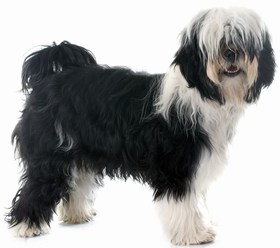 Tibetan Terrier | 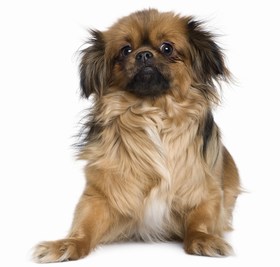 Tibetan Spaniel |



